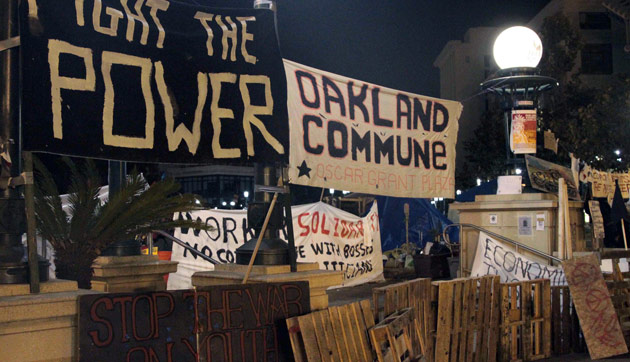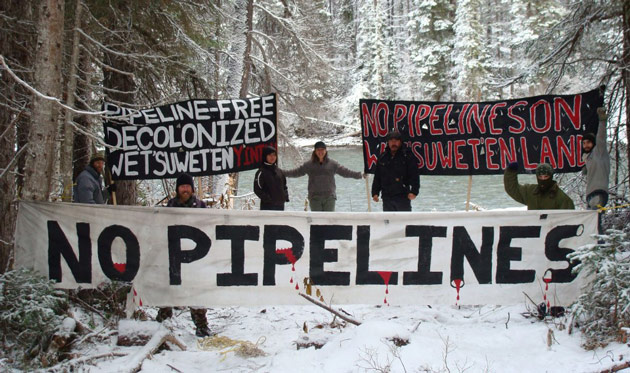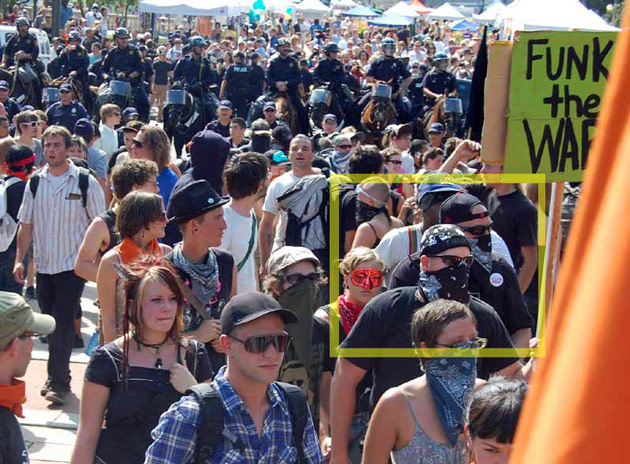The Internet has often been compared to the Wild West: a largely unregulated space rich in opportunities, in which people may experiment with new relations. Most commentators miss the full implications of this metaphor. The Wild West was the final frontier of colonization, where the last zones of ungoverned territory were mapped, stripped of resources, and integrated into state control. Many who fled to the Wild West in search of freedom only accelerated this process of colonization. Similarly, those who champion the Internet as the new frontier of freedom may inadvertently hasten the enclosure of the last aspects of human life that remain outside the economy.
The Net is indubitably the front lines of the battle against enclosure, and it is essential to fight on the territory it presents. But should the object of that fight be to establish a democratic digital utopia? Understanding the original meaning of “computer” as a human being reduced to an algorithmic device, we set out to trace the relationship between capitalism and digitization and to imagine a digital resistance to computing itself.














